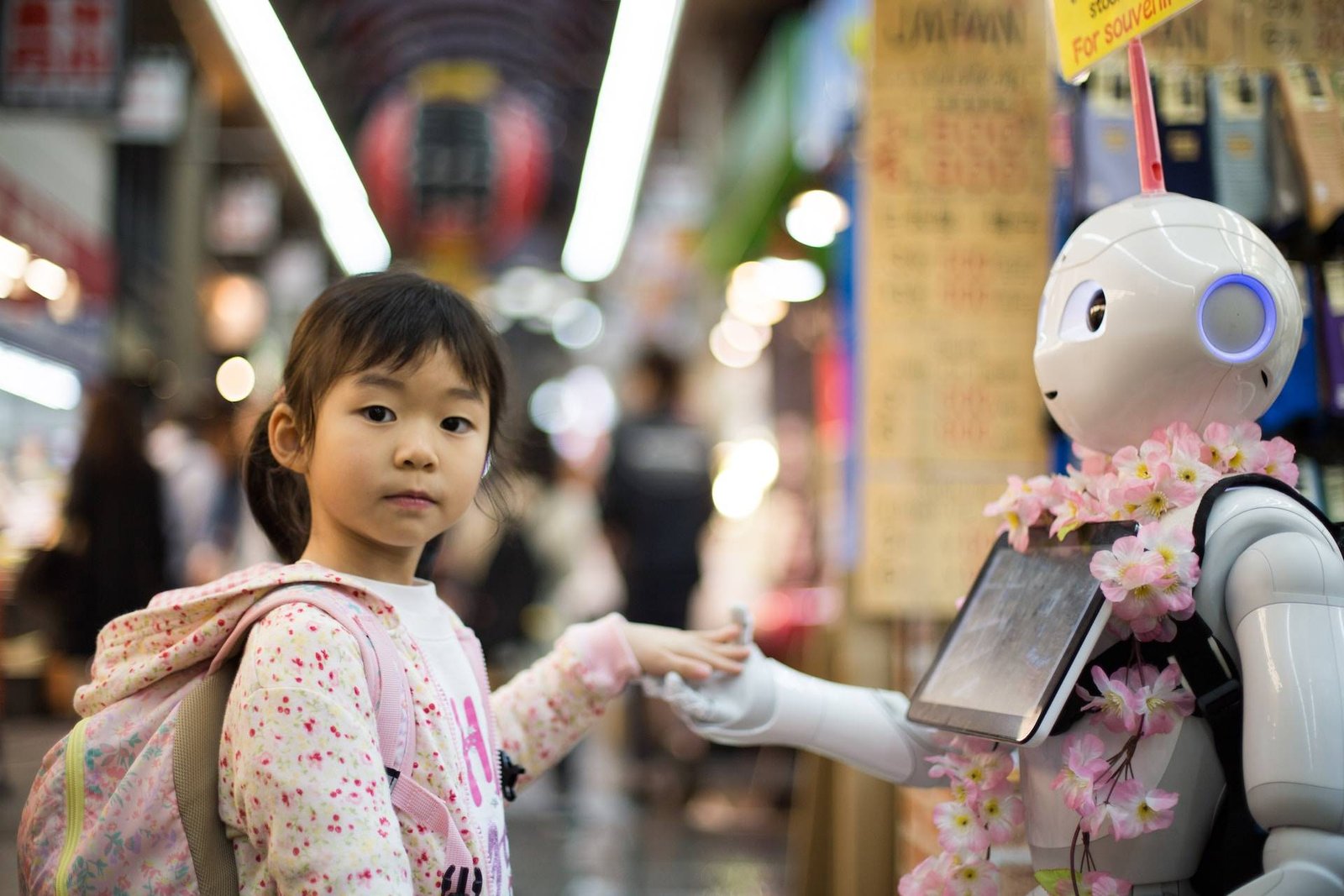The quality of healthcare is a pressing concern globally, with the shortage of good doctors being a prominent issue. In countries like India, the scarcity of skilled medical professionals further exacerbates this problem. However, advancements in technology, particularly in the field of robotics, offer a potential solution. In this blog post, we will explore how robotics can contribute to the development of a perfect robotic doctor or a medical system that can help bridge the gap in healthcare.
The Role of Robotics in Healthcare:
- Enhanced Diagnosis: One of the key areas where robotics can make a significant impact is in the realm of diagnosis. Advanced algorithms and machine learning techniques enable robots to analyze vast amounts of medical data, including symptoms, patient history, and test results. By leveraging this information, robotic systems can provide accurate and efficient diagnoses, reducing the risk of misdiagnosis or oversight.
- Precision Surgery: Robotic-assisted surgery has already gained considerable traction in the medical field. Robotic systems, such as the da Vinci Surgical System, allow surgeons to perform complex procedures with enhanced precision, control, and dexterity. This technology reduces the margin of error, minimizes invasive procedures, and promotes faster recovery for patients.
- Telemedicine and Remote Healthcare: In regions where access to healthcare is limited, robotics can play a crucial role in delivering medical services remotely. Telemedicine platforms, integrated with robotic systems, enable doctors to connect with patients in real-time, regardless of geographical constraints. Patients can receive consultations, follow-up care, and even remote surgeries, ensuring timely access to healthcare expertise.
- Patient Care and Rehabilitation: Robots are being developed to assist with patient care and rehabilitation, particularly in scenarios where there is a shortage of healthcare professionals. These robots can provide companionship, monitor vital signs, dispense medication, and support rehabilitation exercises. They can alleviate the burden on doctors and nurses, enabling them to focus on critical tasks while ensuring patients receive continuous care.
- Medical Education and Training: Robotics has the potential to revolutionize medical education and training. Simulated environments and robotic models allow medical students and practitioners to gain hands-on experience in a controlled setting. They can practice surgical techniques, learn intricate procedures, and improve their skills without risking patient safety. This technology enables standardized training and can enhance the overall competency of healthcare professionals.
Challenges and Future Considerations: While robotics holds tremendous promise in healthcare, there are challenges that need to be addressed. These include the high cost of robotic systems, concerns regarding ethical implications, the need for regulatory frameworks, and ensuring patient privacy and data security.
However, despite these challenges, the world is making significant progress in developing robotic doctors and medical systems. Ongoing research and development efforts aim to enhance robotic capabilities, improve affordability, and ensure seamless integration into existing healthcare systems. Collaboration between engineers, scientists, and medical professionals will be crucial in realizing the full potential of robotics in medicine.
The scarcity of good doctors in many parts of the world, including India, necessitates innovative solutions to bridge the gap in healthcare. Robotics offers a promising avenue for addressing this challenge. By leveraging robotics in diagnosis, surgery, telemedicine, patient care, and medical education, we can augment the skills and capabilities of healthcare professionals, improve accessibility, and enhance patient outcomes. While there are challenges to overcome, the progress being made in developing robotic doctors and medical systems is a testament to the transformative potential of technology in revolutionizing healthcare.





